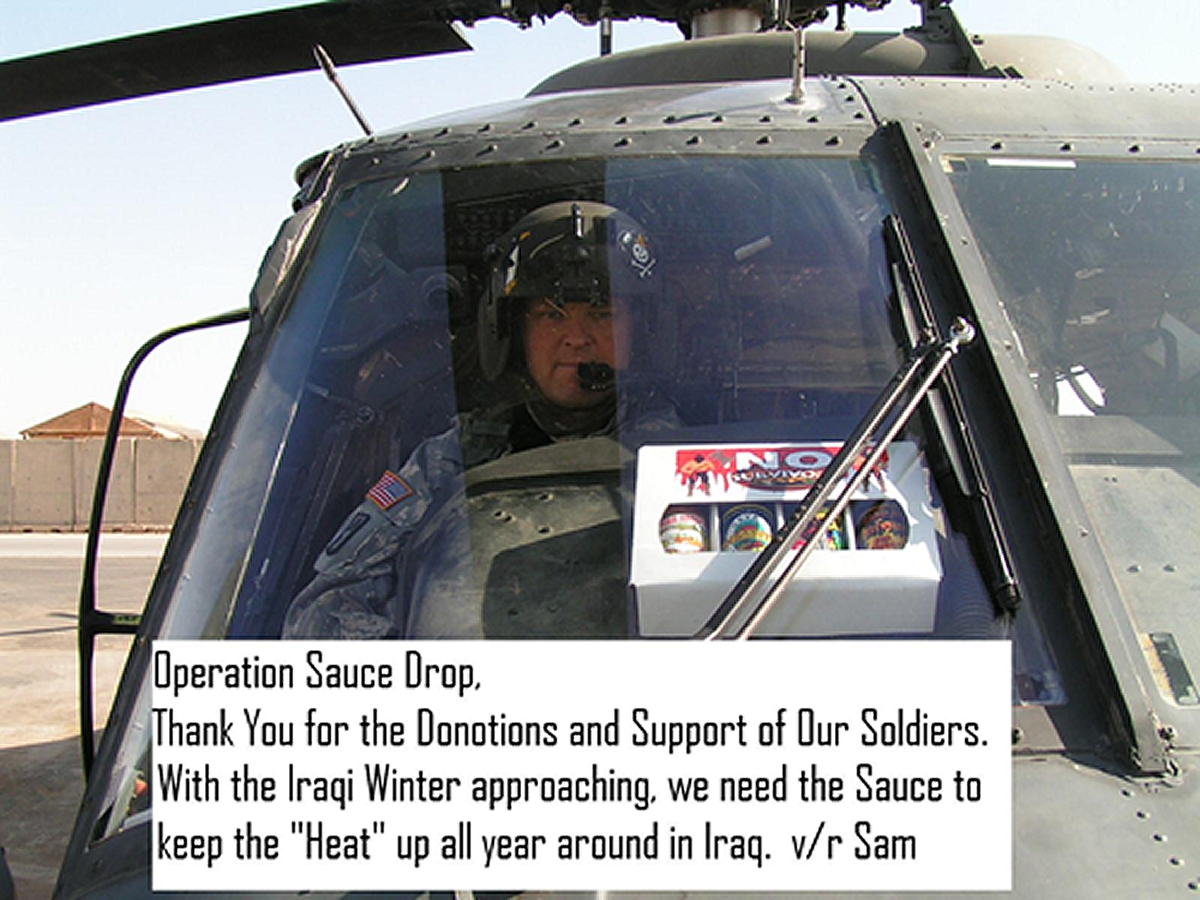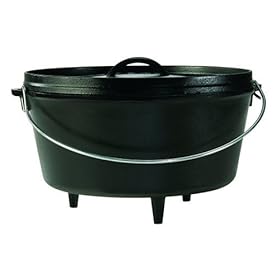This question was posted on Yahoo Answers a while back. I think the "best" answer deserves a fisking:
A lot of planning. First you need to perfect your recipe so you can make large enough quantities for canning/bottling.
Not completely wrong, but to not talk about the economics of the ingredients you're going to use in your sauce as part of the recipe phase is amateurish, at best. You can have the best sauce in the world, but if it costs you $7.00/bottle to make, you're not going to be able to sell it. And converting your recipe to 150 gallon batches is more than just simple math. And it can be rather expensive to mix up 150 gallons of something that turns out to taste bad.
Next you will have to rent a commercial space to make the sauce, because you can't make, for sale, any commercial foods in your house.
This is bad advice. True, you can't just mix it up in your house, but in most states you'll have to get a certification to even be able to rent a commercial kitchen. In North Carolina, it's pickle school. The chances that there is a kitchen with the right equipment near you are pretty slim, and the transportation cost of traveling to the kitchen is going to be a huge hit on your profit margin that doesn't apply to your competitors.
You're far better off just finding a co-packer. They can most likely produce your batch for less per bottle than you can do it yourself, and they've already covered all the legal hurdles.
Then hit all the local markets, not the chains and sample it out on one of those table stations. Also try selling to a restaurant or some food service company.
That's your best bet, but I'd add a few things. 1) You'll have to offer consignment terms to the local market. They're taking a huge risk by giving you shelf space (which they don't have much of), and there's no way they can afford to pay you up front for the sauce. Think about the economics of putting out a free case in every market you want to be in. If you can't handle that, it's not going to work. 2) The only way to sell an unknown sauce is to sample it out. The label won't sell it for you. People try things from companies they know. That's why Kraft Barbeque Sauce outsells
Jim's Own Homestyle at the supermarket, even though Kraft is in the little leagues for taste and Jim's is Michael Jordan. It's not about taste. 3) Sampling is very hard work. You'll be giving up your Saturdays, working an eight hour shift to expose your product to 200 people, 20 of which may buy the sauce, and 2 of which will become repeat customers. And that's if your sauce is really good. With a margin of $1/bottle, you're making $2.50/hour. You won't quite cover your gas to get to the store if it's not close.
This list is very abridged and it is more expensive than it sounds.
Yeah, a lot more expensive. $20K is a standard figure just to get the first bottle onto a shelf. Add in the cost of your time for 3 years of blood, sweat, and tears to get a small business built. And in the end, you might have a job that pays $50K/year. Sure, there are some that make it to the big time. The
Bone Suckin Sauces people have hit the big time. I even saw it for sale in London. But I remember them starting out in the early 1990s, and they had a huge distribution network behind them to get started (Ford's Fancy Fruits is a huge food distributor in NC), so they rolled out much faster than you will.
If you want more ideas, there are a lot of articles on the Internet, which is also another way to sell, get in touch with an Internet sales company and market it that way.
This is perhaps the worst advice offered in the article.
You cannot sell a sauce on the internet that people haven't heard of. If they won't buy it in the store by just picking up the bottle and reading the label, there's absolutely no way they're going to purchase it on the internet. It makes a lot more sense to market through someone like Carolina Sauce, but even they can't perform magic if there isn't any demand for your sauce. The service the internet marketer is providing is the framework, distribution, and fulfillment end of things. They can quickly dominate the SERPs (Search Engine Result Pages) for a given produce because they're an authority site. You can't put up your own web site and hope to compete with that. They can spread their costs across hundreds of products, and you've got just a few sauces. Nope, the internet for sauces only makes sense once you've started to build a demand.
If you really believe in it, it will be easier to sell. Good Luck.
Just remember, there are 1,000 other people that have the best sauce any of their friends have ever tasted trying to launch their sauce this year. 2 of them will be around in 3 years.
Source(s):
experience. I was going to sell an array of sauces, but I am going to wait until I get my on restaurant.
To paraphrase Mick Dundee, "That's not experience..." Take it from someone who has been there, done that, got the t-shirt, and worn it out. This is a vanity business. It's cool to see your name on a bottle, and you'll most likely build a small following of huge fans, but you're not going to get rich.
And from the other answers:
Word of mouth is the best way to advertise.Try entering some bbq competitions in your area. People will get to talking and then maybe that will help spread the word to someone who has a connection.
Yeah, sure. That will get you a few hundred loyal customers that purchase a bottle every month or so, if you're lucky. Can you live on $200/month?
As usual, the business value of information you get on the internet is worth what you paid for it. So go buy something from my Amazon store and pay for this advice! :}




